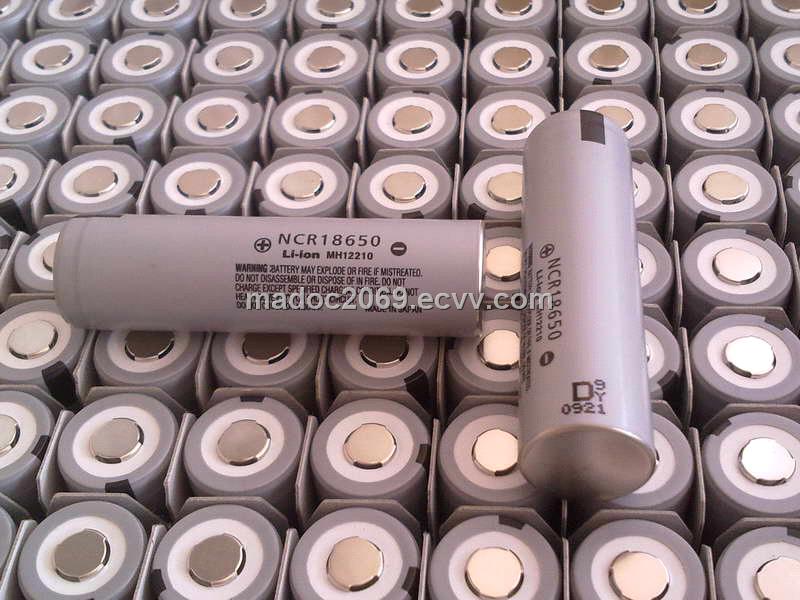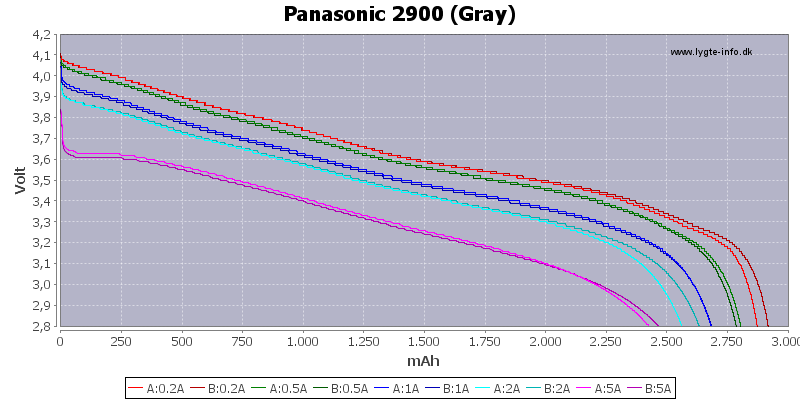After deciding to make the plunge into high-quality batteries, I read Old4570's posts on his journey with the Panasonic NCR's and the Sanyo 4.35 volt cells, I decided to take the plunge. I agonized Panasonic vs Sanyo, obviously choosing Panasonic, but I'm still not sure which is superior when charging to 4.1x volts. These are supposedly Panasonic's proprietary Lithium Nickel Cobalt rechargeables. I forget the chemical formula, but the special feature is the use of Nickel, hence, I assume, "NCR" (nickel colbalt rechargeable)--again, reasonable assumption, though the main ingredient is still good ol' Lithium.
Anyway, I ordered a 2-pack of 18650's from HK Equipment on Ebay. They were shipped in a complementary 2 x 18650 plastic case for safety. I have some concerns.
- There name "Panasonic" is found nowhere on these batteries.
- The wrapper does not extend all the way to the back of the batteries. There is a little of the cell wall exposed at the back, which could lead to a short (particularly dangerous in multi-cell usage--just another reason I'm not comfortable with multi-cell lithium-powered flashlights).
- Inkjet writing is visible BELOW or THROUGH the wrapper (I assume that writing is on the bare metal).
- They're made in Japan and sold from China (that didn't add up to a cynical friend of mine; I was less concerned)
The pics: (nevermind the "1" I wrote using a marker--I label all my cells)


Most of all, is this a safety issue? The other cell looks 100% exactly the same, including that little scoop out of the wrapper at the negative end, next to "Made in Japan". I'm considering wrapping some electrical tape around the end to completely insulate it. But that will create drag in the battery tube, possibly interfering with twisty/momentary switches (which I like, and they need all the voltage and free movement they can get). And electrical tape doesn't seem to hold well. My 'cynical friend' then suggested 'paint' as an insulator. (Comments welcome.) So far, I haven't had a flashlight flash on by itself when bumped. But, considering these are unprotected, I'm extra cautious when and how I use them (I will try to keep it that way).
I did some WWW Image searches for NCR18650 and get other cells which look exactly like mine.
I also found this one which looks slightly different but still has the characteristic incomplete wrapper at the (-) end:

My cynical friend said, If Panasonic is proud of what they make, why would they not put their name on their product, even if it wasn't intended for view by general consumers?". I had to admit I had no answer to that.
How could I know if these are real or fakes? They are performing fine, by the way--but I am not sophisticated enough to subject them to tests, nor do I think I'd want to, at the price I paid.
Thanks in advance.

